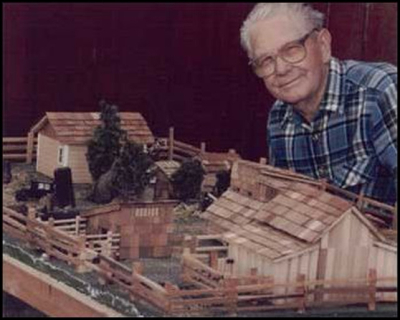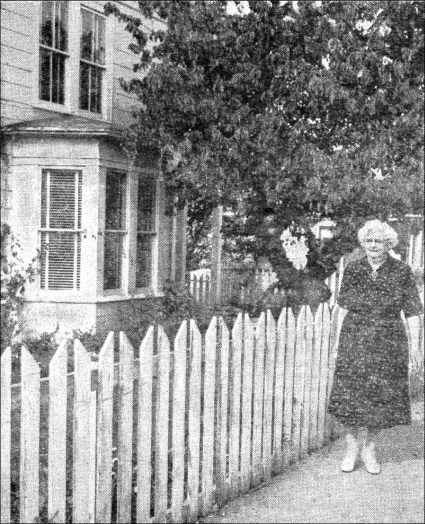You can read the history websites about our prime sponsors
Would you like information about how to join them in advertising? We cannot emphasize how we need such support for our accelerated research journeys of 2012-13 for books and many more stories.
 We are advertising for sale by readers, two fine historical books. The first is Theodore Winthrop's The Canoe and the Saddle, NY, American Publishers (c. Ticknor & Fields, 1862), a second edition, published circa 1890. And the four-volume set of The History of Washington by Lancaster Pollard and Lloyd Spencer, 1937. Please inquire by email if you want more details or want to make an offer. Also inquire about other offerings or if you request a specific book. We are advertising for sale by readers, two fine historical books. The first is Theodore Winthrop's The Canoe and the Saddle, NY, American Publishers (c. Ticknor & Fields, 1862), a second edition, published circa 1890. And the four-volume set of The History of Washington by Lancaster Pollard and Lloyd Spencer, 1937. Please inquire by email if you want more details or want to make an offer. Also inquire about other offerings or if you request a specific book.
 Our newest sponsor, Plumeria Bay, is based in Birdsview, just a short walk away from the Royal family's famous Stumpranch, and is your source for the finest down comforters, pillows, featherbeds & duvet covers and bed linens. Order directly from their website and learn more about this intriguing local business. Our newest sponsor, Plumeria Bay, is based in Birdsview, just a short walk away from the Royal family's famous Stumpranch, and is your source for the finest down comforters, pillows, featherbeds & duvet covers and bed linens. Order directly from their website and learn more about this intriguing local business.
 Oliver-Hammer Clothes Shop at 817 Metcalf Street in downtown Sedro-Woolley, 88 years. Oliver-Hammer Clothes Shop at 817 Metcalf Street in downtown Sedro-Woolley, 88 years.
 Peace and quiet at the Alpine RV Park, just north of Marblemount on Hwy 20, day, week or month, perfect for hunting or fishing Peace and quiet at the Alpine RV Park, just north of Marblemount on Hwy 20, day, week or month, perfect for hunting or fishing
Park your RV or pitch a tent by the Skagit River, just a short drive from Winthrop or Sedro-Woolley
 Check out Sedro-Woolley First section for links to all stories and reasons to shop here first Check out Sedro-Woolley First section for links to all stories and reasons to shop here first
or make this your destination on your visit or vacation.
 Are you looking to buy or sell a historic property, business or residence? Are you looking to buy or sell a historic property, business or residence?
We may be able to assist. Email us for details.
|
 Howard Royal and his family's Birdsview Stump Ranch
Howard Royal and his family's Birdsview Stump Ranch
 This page originated in our Free Pages
This page originated in our Free Pages  Covering from British Columbia to Puget Sound. Washington counties covered: Skagit, Whatcom, Island, San Juan, Snohomish.
Covering from British Columbia to Puget Sound. Washington counties covered: Skagit, Whatcom, Island, San Juan, Snohomish. An evolving history dedicated to committing random acts of historical kindness
An evolving history dedicated to committing random acts of historical kindness  The home pages remain free of any charge. We need donations or subscriptions to continue.
The home pages remain free of any charge. We need donations or subscriptions to continue.  Please pass on this website link to your family, relatives, friends and clients.
Please pass on this website link to your family, relatives, friends and clients.
